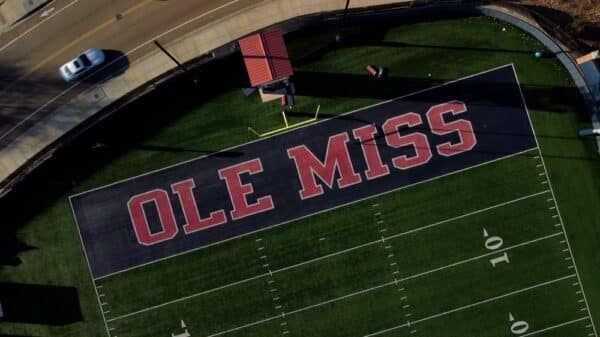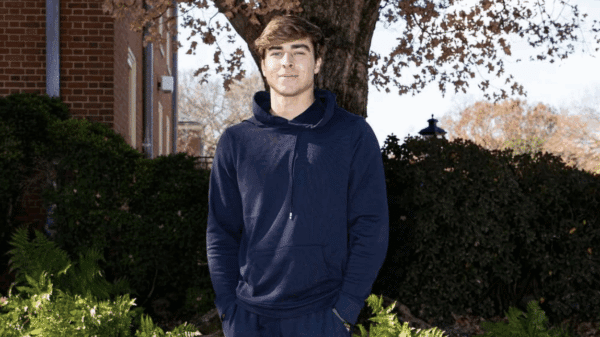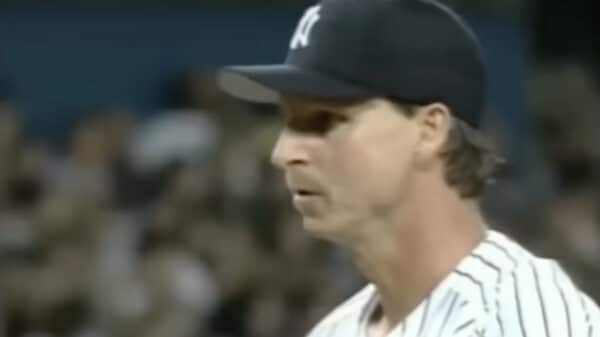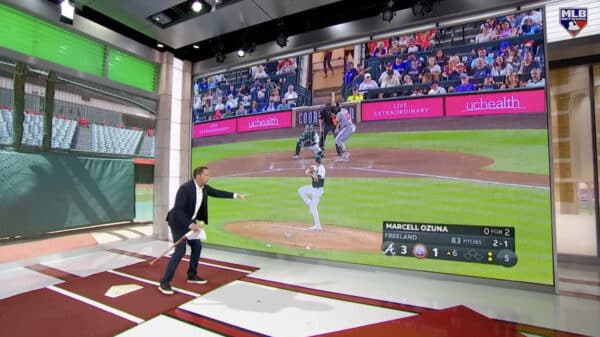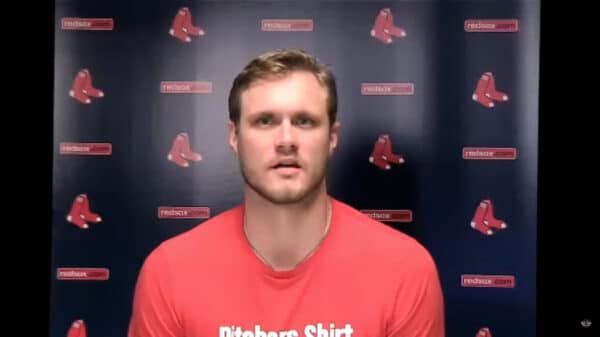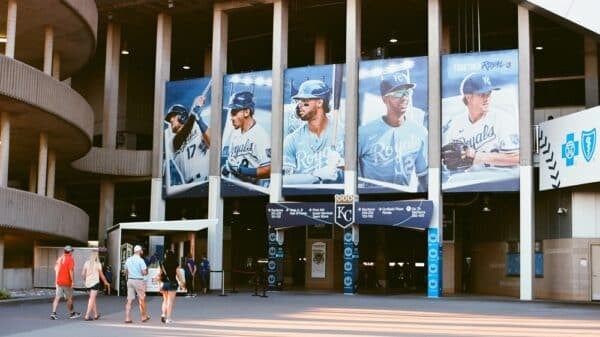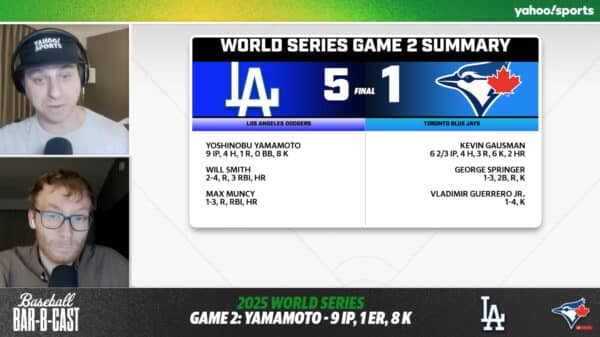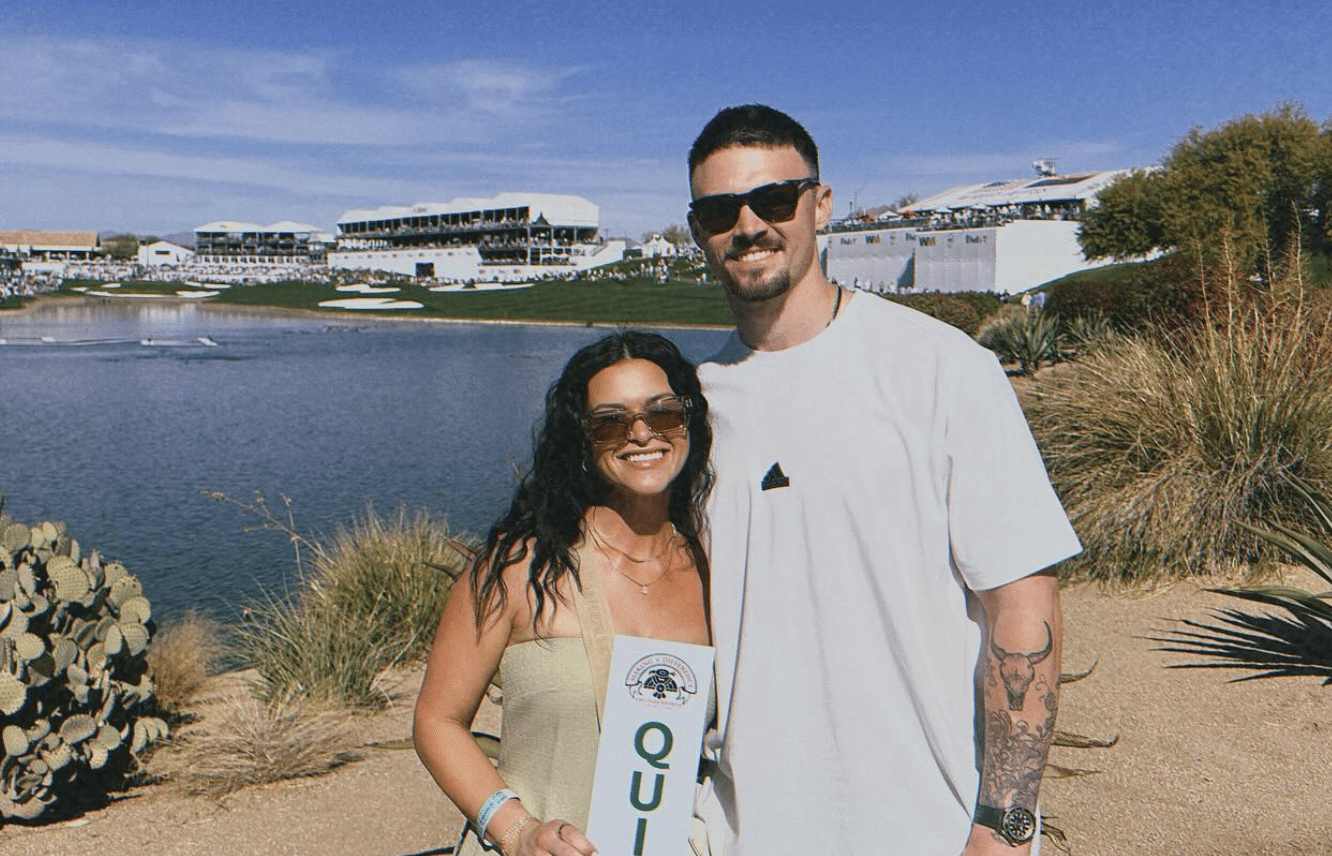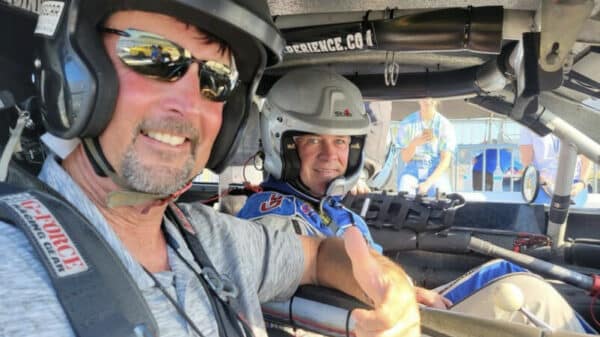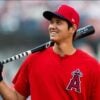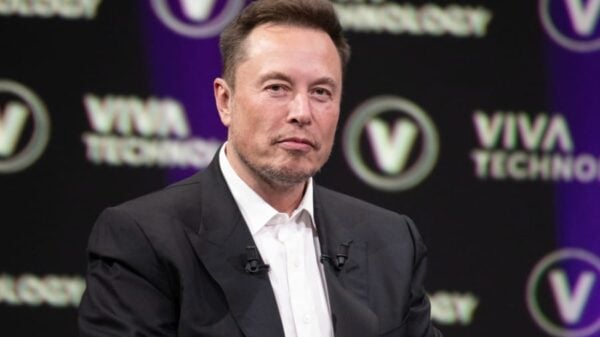In a landscape where athletes are capitalizing on name, image, and likeness (NIL) opportunities, Seattle Mariners catcher Cal Raleigh takes a notably different approach. Known affectionately as “the Big Dumper,” Raleigh’s nickname has gained traction, especially following his recent Home Run Derby win. However, when it comes to monetizing his newfound fame, Raleigh seems more focused on his performance on the field than on potential business ventures.
The Absence of Trademark Strategy
In a recent interview, Raleigh was asked if he had considered trademarking “Big Dumper.” His response was nonchalant; he hasn’t given it much thought. When pressed about the potential value of having a business manager to develop a marketing strategy around his nickname, Raleigh was quick to highlight his commitment to the season at hand, indicating that he prefers to focus on his game rather than brand management.
This perspective is quite unique in today’s sports environment, where many athletes actively pursue supplementary income streams through branding and endorsements. As the Home Run Derby champion and leader in home runs among catchers this season, Raleigh could very well ride the wave of popularity into lucrative marketing endeavors. Interestingly, his modesty and focus on the game might resonate well with fans who appreciate authenticity over commercialization.
The Story Behind “Big Dumper”
Raleigh’s nickname derives from a light-hearted reference to his physical stature, specifically his larger-than-life backside, which he embraced following his stellar performance in the All-Star Game. In a sport known for its larger-than-life personalities, Raleigh’s nickname stands out not only for its humor but also for how it reflects his own self-acceptance.
This self-confidence has translated into remarkable achievements on the field. Winning the Derby made him the first catcher to take home the title, skillfully wielding his signature bat adorned with the moniker “Big Dumper.” Despite this newfound fame, Raleigh is still, at this moment, unphased by the marketing prospects tied to his nickname.
The Risks of Not Capitalizing
While Raleigh remains focused on his career, he may be overlooking a significant opportunity. As it stands, the trademark for “Big Dumper” is currently unowned; the rights had previously belonged to a company now defunct in their claim. The lack of a trademark means there could be an open field for merchandise production by others, which could lead to Raleigh missing out on potential earnings if he doesn’t stake a claim soon.
The Current Market Landscape
In stark contrast to Raleigh’s slower approach, other athletes, like Shohei Ohtani, are projected to earn millions in endorsements in the coming years. Fans eager for “Big Dumper” merchandise currently rely on arrangements like those with BreakingT, which sells items with Raleigh’s nickname. However, the revenue from these sales is pooled among players, leaving Raleigh with minimal financial benefit.
Athletes like Tom Brady and LeBron James have not only built strong brands but also protect their trademarks vigorously. Their strategies highlight the advantages of capitalizing on fame while it lasts. For Raleigh, the window to capitalize on “Big Dumper” might be narrowing.
Legacy and Long-Term Considerations
Beyond immediate financial gain, Raleigh’s choices may influence his long-term legacy. At just 28, he still operates in a critical phase of his career. Having secured a five-year contract extension allowing him to remain in Seattle until the end of the 2030 season, he may find that this is the prime time to explore how his brand can extend beyond the baseball diamond.
As Raleigh continues to perform under pressure this season, now would be an ideal moment to consider the implications of “Big Dumper” not only on his personal brand but also on the marketing opportunities that will likely arise in the future.
While he may dismiss the idea for now, the trademark for “Big Dumper” is there for the taking. Whether he decides to act on it or remains focused solely on his game, the question of balancing athletic performance with branding potential remains an ongoing dialogue in the world of sports.
Image Source: Brenton Doyle @ Instagram


